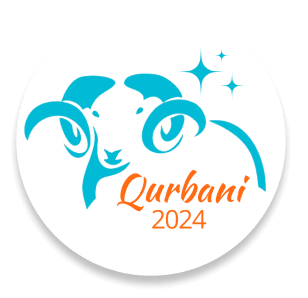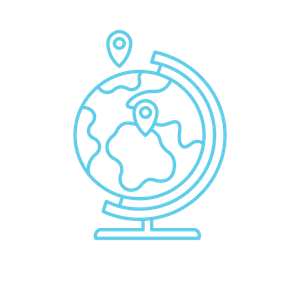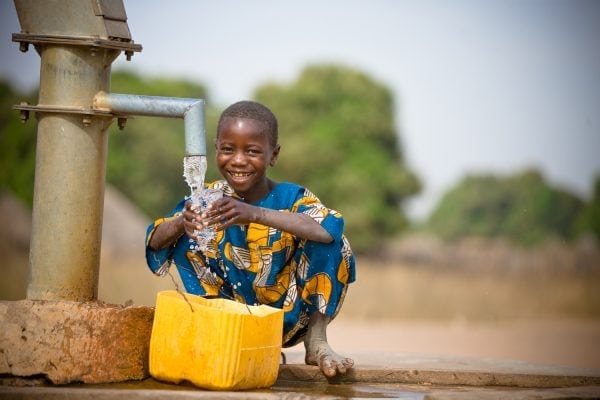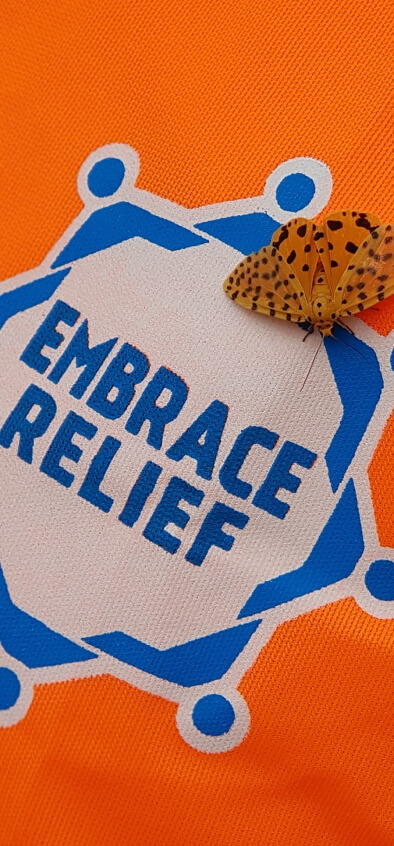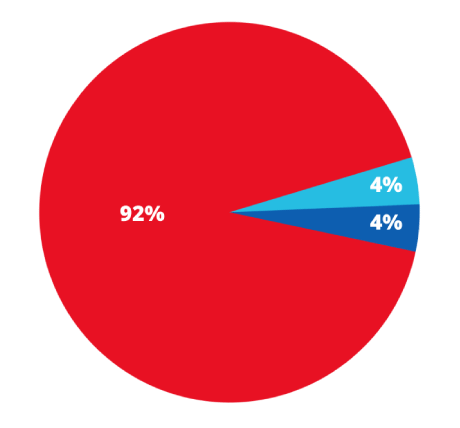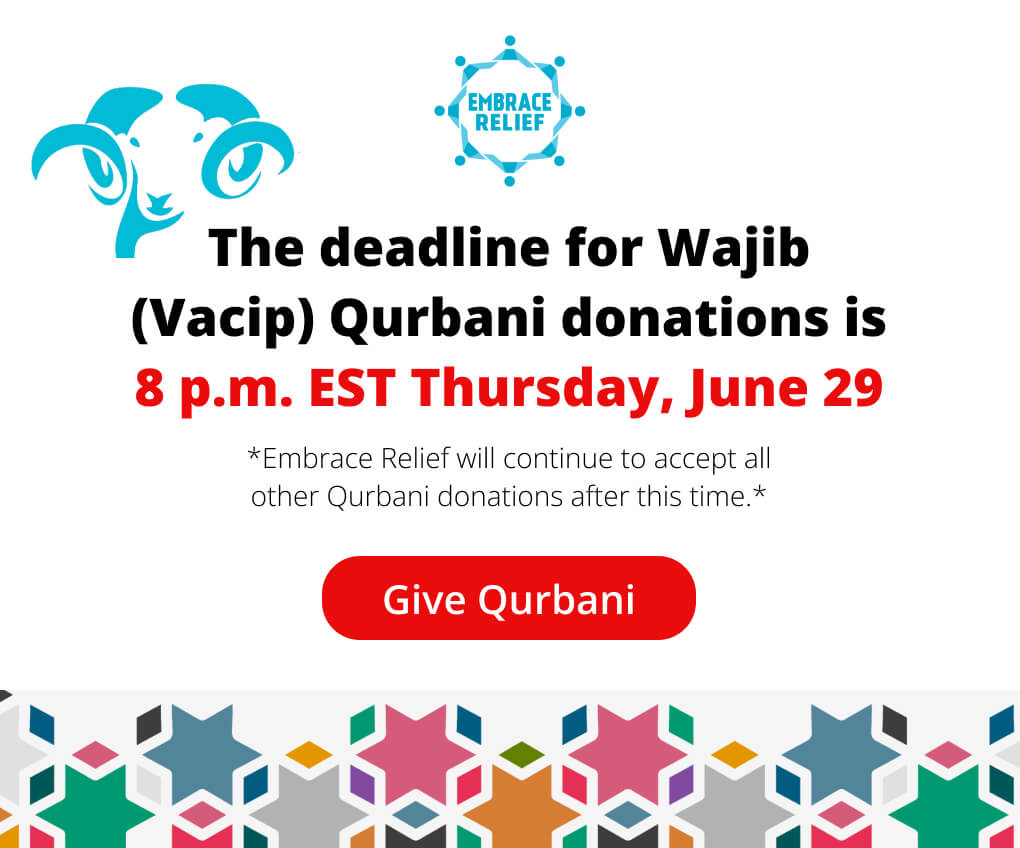Since 2015, Embrace Relief has been steadfastly supplying clean water to Africa, particularly the sub-Saharan region where millions of people collect unsafe water from lakes, rivers, and ponds every single day. This practice causes people to become infected with waterborne illnesses that often result in death or make them too sick to work or pursue an education. While the water crisis is pervasive in the continent, in the country of South Africa, about five million people lack access to clean water and about 15 million lack access to basic sanitation. This issue is so severe it’s even called The South Africa Water Crisis.
More Water in Africa Facts
In addition, many people in sub-Saharan Africa spend up to six hours a day obtaining this water, especially women and young girls. This not only forces them to face danger and extreme weather conditions, but also steals valuable time they could be using to work or pursue an education. This in turn leads to the extreme poverty that exists throughout Africa, but thankfully there are a number of ways to get clean water in Africa. For example:
- Rainwater Catchment Tanks—Effective in areas that receive adequate rainwater, these tanks are comprised of downspouts that carry rainwater from gutters to a water tank capable of holding up to 100,000 liters of water. This system is very easy to use and water collected can be used all throughout the year, including drier seasons.
- Protect Natural Springs—Natural springs can be easily contaminated so fashioning a spring box or house around them to keep out animals, leaves, and debris drastically reduces the likelihood of contamination. Spring water can then be piped to a holding tank. However, springs are open to groundwater runoff, which makes them easily contaminated, and they must be monitored and protected on a regular basis. Therefore, they aren’t the most effective way to reduce water pollution in Africa.
- Install Sand Dams—A reinforced cement wall built across a sand river, a sand dam helps block runoff water in the riverbed and stores clean water in the soil. A dam is capable of storing millions of liters of water and supplying clean water to hundreds of people, ultimately making it only semi-reliable at solving the water crisis in Africa.
- Rehabilitate Old Wells—There are countless wells in Africa that used to be effective, but have become no longer operational due to aging and use. Therefore, rehabilitating them so they’re functional again is a viable option of fixing water issues in Africa. Ways to rebuild wells include building a wall around the top with a reinforced concrete drainage apron that prevents surface water from running to the well. However, unfortunately, water wells require constant maintenance to ensure they remain effective.
- Build New Wells—Rather than rehabilitating old wells, building brand-new ones is also a viable option to bring clean water to Africa. Each well costs about $8,000 USD and can serve about 2,000 people. However, like reconstructing old wells, new ones need to be constantly maintained to ensure surface water doesn’t contaminate them, too.
How Embrace Relief Fights the Water Crisis in Africa
Because building and rehabilitating Africa water wells are among the most effective means of fixing water pollution in Africa, we’ve been focusing on those two endeavors. Since 2013, we’ve built 409 Africa water wells throughout sub-Saharan Africa, supplying clean water to 400,000 people on a daily basis. Plus, we monitor each well up to five years after construction to ensure they’re operating effectively. Our top three Clean Water Project locations so far are:
- Chad Clean Water
- Nigeria Clean Water
- Cameroon Clean Water
We plan on building and refurbishing hundreds more wells throughout the region, too. So, please consider donating today (or starting your own Water Well for Africa project) so thousands of vulnerable people in Africa not only survive, but thrive and lift their communities out of poverty. Together, we can drastically reduce water scarcity in Africa!










